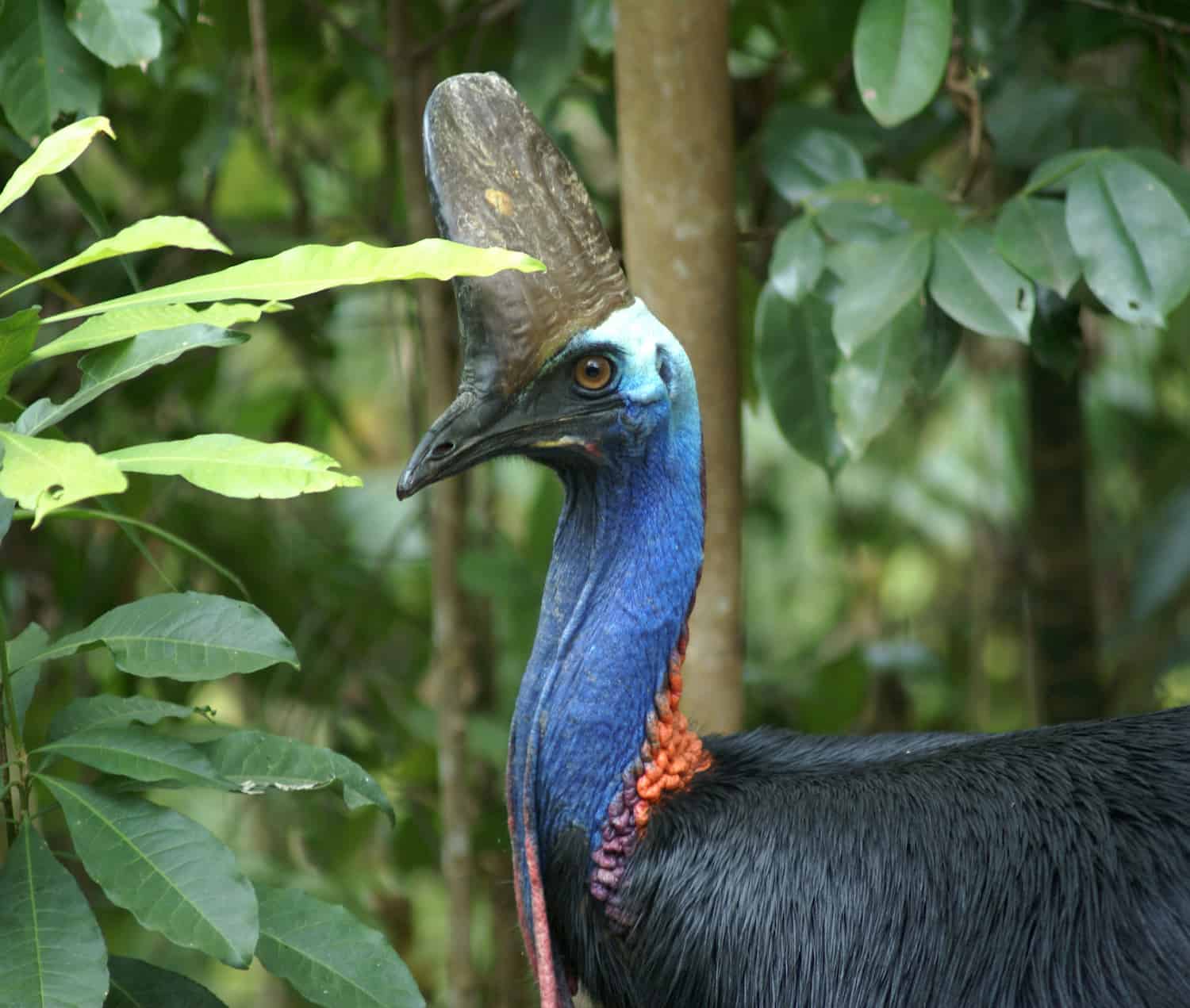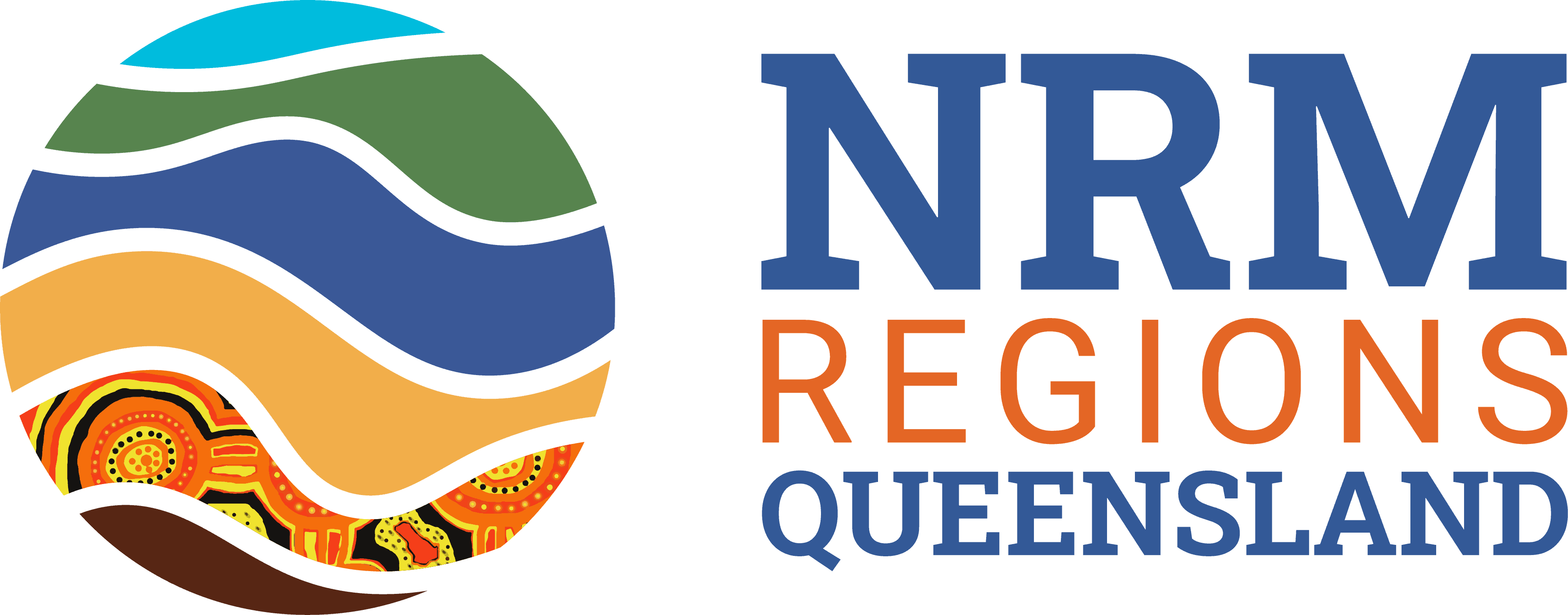Terrain NRM has combined revegetation work, weed control, controlled burns and strategic partnerships with threatened species recovery groups and landholders – to protect, improve and connect important habitat. In the Wet Tropics region, this is also protecting endangered species and ecological communities ranging from the cassowary and mahogany glider to Mabi forest and ant plants.
About the projects
Building Rainforest Resilience
In this project, Terrain NRM is working with landholders, Traditional Owners and community groups from the Daintree region to Hinchinbrook to build a network of resilient rainforest corridors. A large part of the project is working with these partners as well as Cassowary, Mabi and Littoral Rainforest recovery teams in agreed priority areas on activities funded through grants for revegetation, weed management and habitat protection. Read more.
Tackling Woodland Threats
This project focuses on important habitat for the mahogany glider. Terrain is working closely with landholders, Traditional Owners and other recovery team members to protect parcels of land that are critical to gliders, as well as the endangered ant plant and broadleaf tea tree communities. Activities include fire and weed management, re-planting woodlands, and facilitating natural regeneration in strategic areas. They also include scientific research into mahogany glider movements and populations. Read more.
These projects are delivered by Terrain NRM through funding from the Australian Government’s National Landcare Program.

Mahogany Glider tree planting
What are the results so far?
- 544 hectares of weed management
- 21 hectares of revegetation in strategic corridors for endangered species including the mahogany glider and cassowary, and for endangered ecological communities.
- 469 hectares of fire management on 10 properties in mahogany glider habitat.
- 260 hectares of habitat protection/landholder agreements.
- Fire, weed and revegetation management plans covering 1521 hectares across 20 properties in mahogany glider country.
- The first comprehensive surveys in known mahogany glider habitat, and at its edges, since Cyclone Yasi, as well as habitat modelling and genetic sampling to inform conservation efforts.
- Strategic work with recovery teams to identify priority areas for cassowary, Mabi forest and littoral rainforest in the lead-up to a grants program that targets landholders in priority areas of the landscape, with incentives for recovery actions.
- A new North Queensland Threatened Species Symposium biennially to bring together researchers, government agencies, recovery groups, community groups, Traditional Owners and NRMs for a more strategic approach to habitat improvement and threatened species activities.
- Connecting landholders with Traditional Owners.
- Working with government agencies (Main Roads, Qld Rail, Energy Qld) to improve habitat in cassowary and mahogany glider corridors.
- Cassowary road strike prevention work including an advisory role in planning for a world-first cassowary land bridge and in a social research project to learn from drivers involved in collisions with cassowaries.
- Grant-funded work with local government on councils’ roles in the preservation and recovery of threatened species and ecological communities. The research and recommendations won a Planning Institute of Australia (Queensland) award.
- Co-benefits including improved habitat for threatened species; climate refugia and increased climate resilience; carbon sequestration; local jobs; and opportunities for Traditional Owners

Cassowary. Image provided by Terrain NRM courtesy of photographer Liz Gallie
More on Green Connections
The Wet Tropics is one of the most biologically diverse regions on the planet and has been ranked in the top-two irreplaceable places in the world (IUCN – International Union for Conservation of Nature). It is within a ‘priority place’ identified in the Australian Government’s new Threatened Species Action Plan.
The Green Connections project is an expansion of the Australian Government-funded ‘Building Rainforest Resilience’ and ‘Tackling Woodland Threats’ projects. Through ‘Green Connections’, Terrain NRM is advocating for nature-positive development projects and promoting ways to drive investment into biodiversity and forest restoration. In a fragmented landscape, we are working with partners to build a strong and intact system of forest that connects the entire Wet Tropics region.
Strategic wildlife corridors have been prioritised for revegetation. The goal is to increase the resilience of the world’s oldest living rainforest and its associated biodiversity; increase investment to strengthen capacity and rapidly scale conservation and restoration; increase the number of landholders willing to conserve and expand vegetation for the long-term; and recognise the critical role that the Wet Tropics rainforest has in sustaining coastal communities and the Great Barrier Reef.
Feature image: Mahogany Glider by Daryl Dickson.
